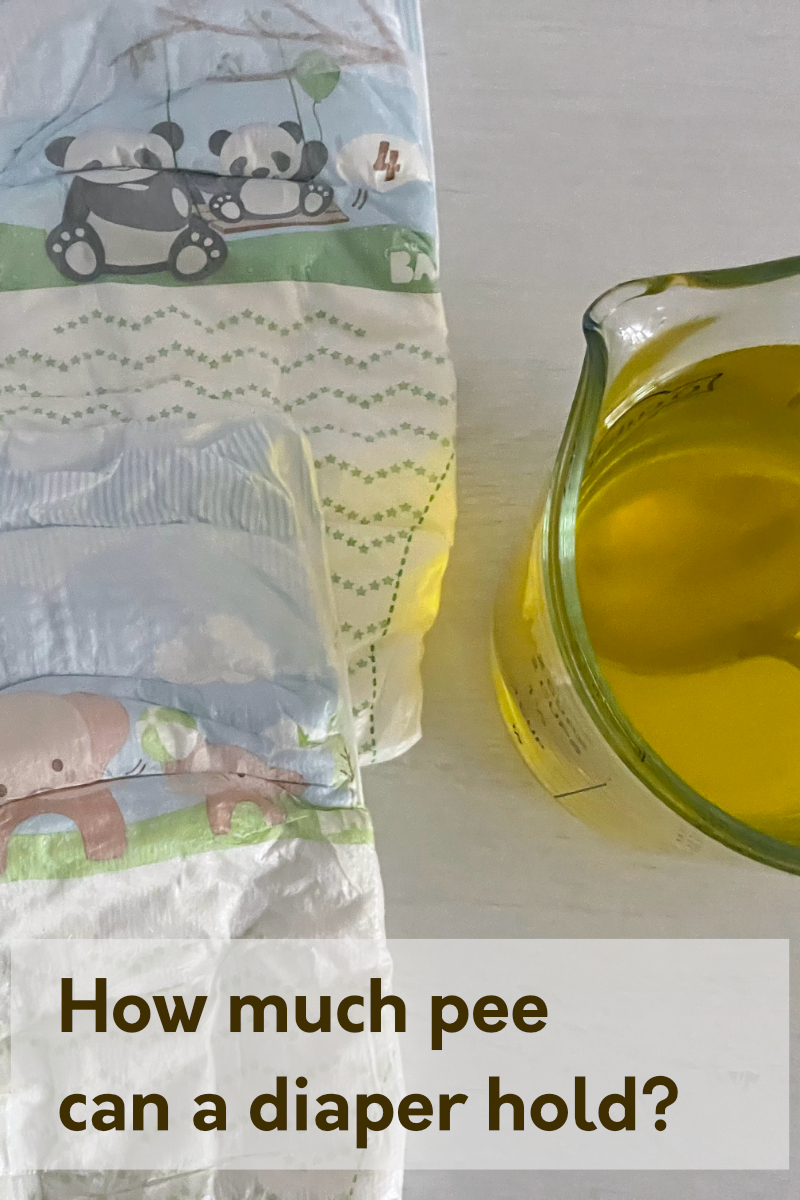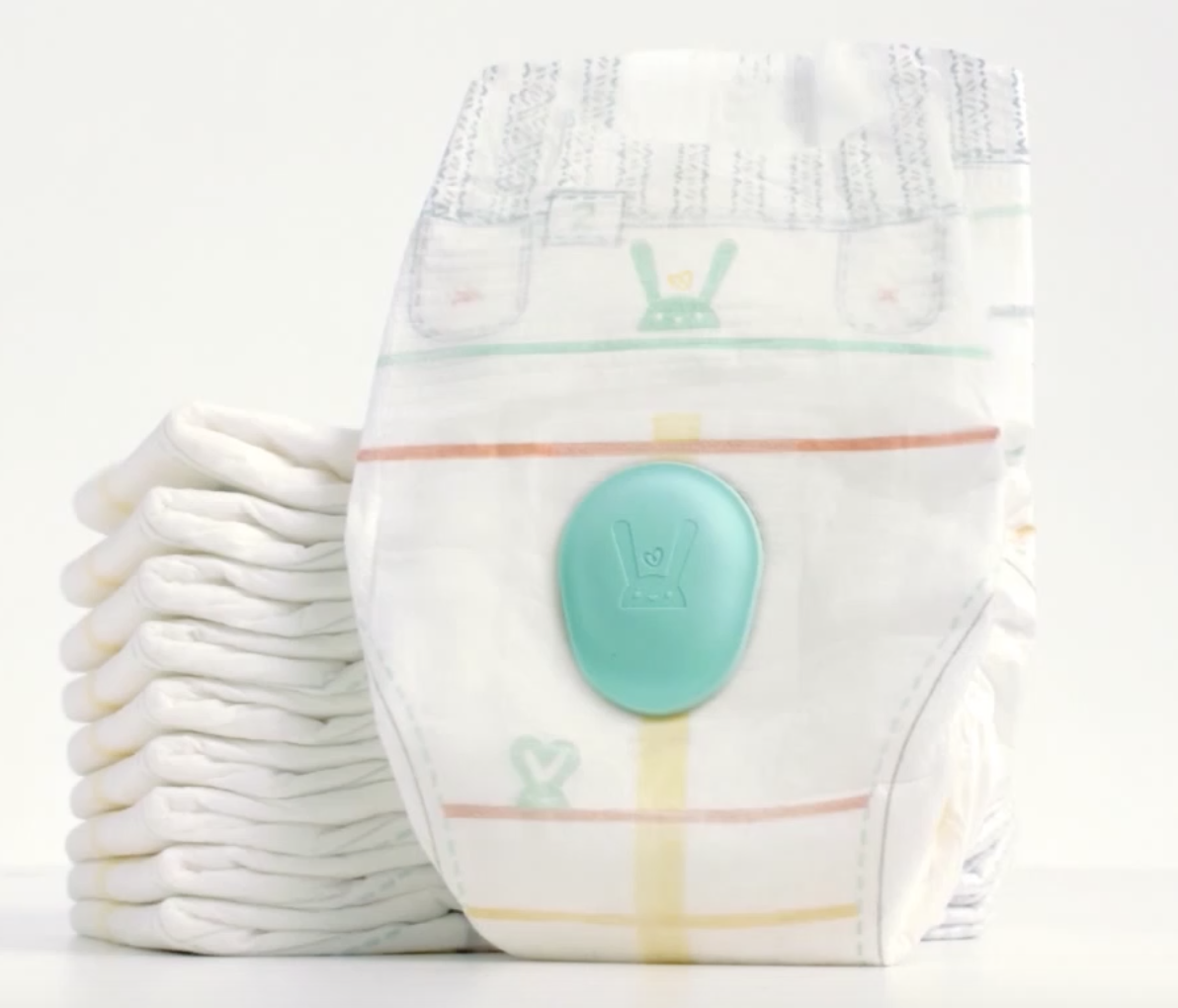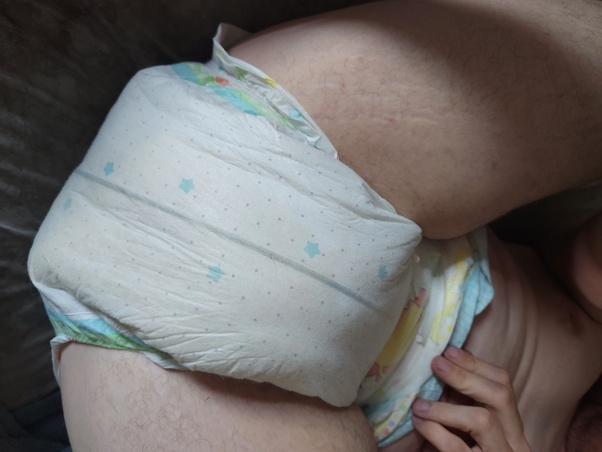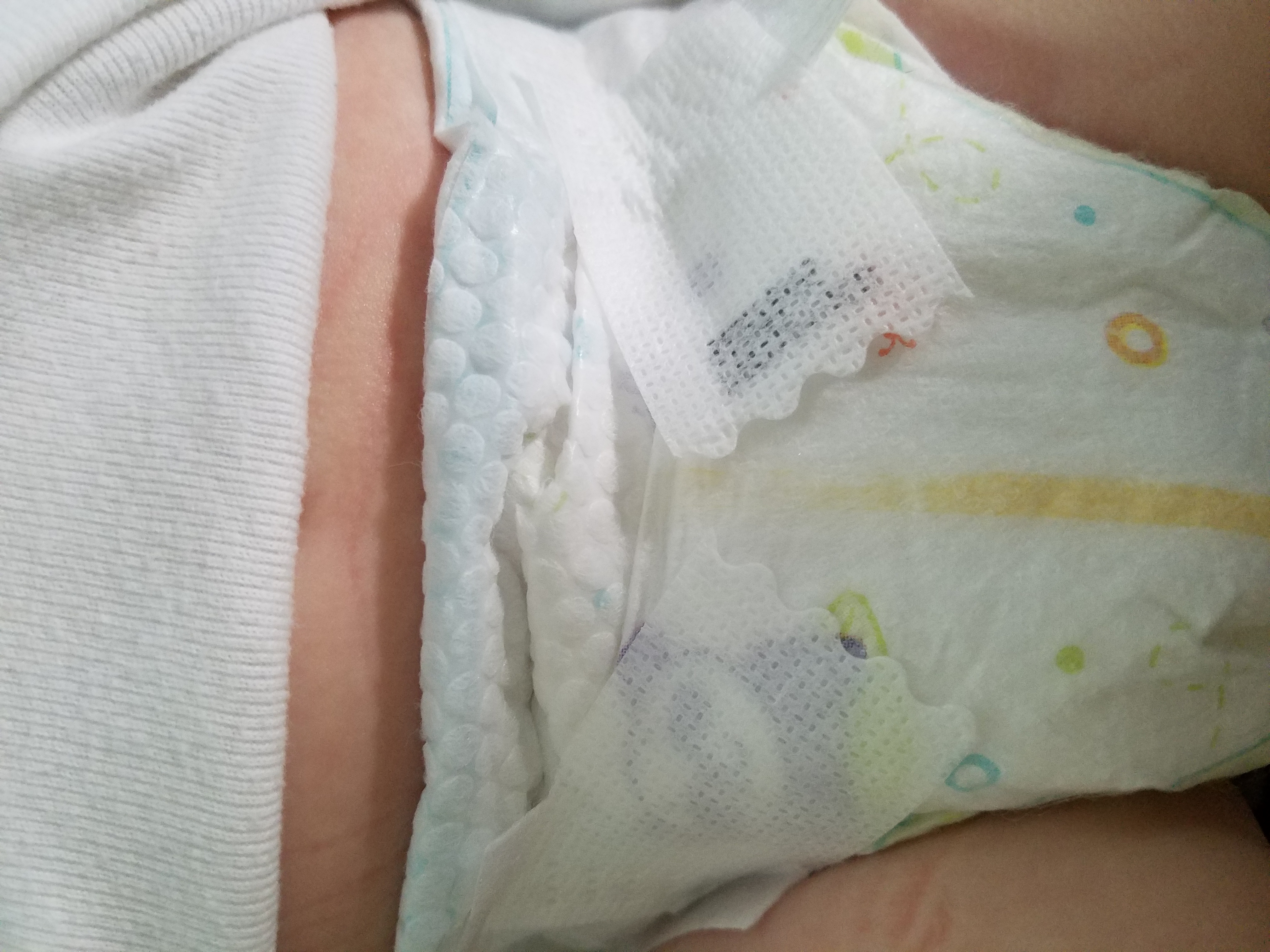These include:. Why does this matter? The color will usually change from yellow to blue or even pink, making it clear that the diaper is wet. Diaper-Duty Essentials: What's Normal? When it comes to urine output , both cloth and disposable diapers will do the job of collecting the liquid and preventing it from leaking out at least, you hope that they don't spring any leaks. Luckily, Pampers' new Blowout Barrier for Swaddlers and Cruisers ° takes aim at blowouts by adding an extra layer of protection at the back of the diaper and at the waist. Skip to home Skip to main content Skip to search. A healthy baby has yellow pee—either light, dark, or somewhere in between. Within 24 hours after birth, your newborn will probably pee once, so you can expect one wet diaper. Usually their current diaper size first and a larger size over top. The most common cause of leakage is fitting your baby with the wrong diaper size. Most newborns should have at least four to six wet diapers a day, although how many your baby produces could end up being one every hour or every three hours. I love Andy Pandy as an option for some babies because their sizing falls inbetween most major brands. Copyright © Kao Singapore Pte. Giving your baby more fluids just breast milk or formula until 6 months old will typically do the trick.


Singapore English. Newborns For the first week, newborns often produce fewer wet diapers than they will as they get a little older. When it comes to urine output , both cloth and disposable diapers will do the job of collecting the liquid and preventing it from leaking out at least, you hope that they don't spring any leaks. Some of the website layout and links may not function properly with JavaScript disabled. This is due to the urate crystals within their urine. To sum it up:. It does not represent the views of any affiliated organizations. Adjust the gathers around the leg area so that they fit properly around the crotch area.
Recent Comments
If there is leakage even though you have fitted the diaper properly on your baby, do a check for the following:. Your email address you mail. Raise the front portion of the diaper slightly higher than the back portion and fasten the tape slanting upwards so that the belly button is hidden. Gap between diaper and baby's back. For boys, make sure the penis is pointing downwards. Luckily, Pampers' new Blowout Barrier for Swaddlers and Cruisers ° takes aim at blowouts by adding an extra layer of protection at the back of the diaper and at the waist. The content on this page should not replace professional medical advice. If your child is currently using a size 3 diaper during the day, try size 4 overnight. As mentioned above, light yellow urine is healthy. The Color of Their Urine Look for clues about hydration in the color of your baby's urine.
Article | My Doctor Online
- Why is baby's diaper leaking?
- Note also that the amount of pee increases as your baby grows.
- It also dictates just how many wet diapers they produce in a day.
Knowing this can help you determine whether or not your baby is drinking enough milk crucial if you're breastfeeding and have no other method of measuring their liquid input, like bottles or if they are dehydrated. Worried about all of this and more? Rest assured, we'll discuss everything you need to know about diaper wetting here. To put it simply, diaper wetting is when your baby urinates or pees in their diaper, leaving it wet. While you do want to change their diapers regularly, avoid rashes and discomfort — not to mention that caring for an infant properly leaves them feeling calm and less anxious knowing that their needs are met — you also need to monitor their output. Thus, the term "diaper wetting" is used to describe the practice of not only changing diapers quickly when necessary but also keeping an eye on how much urine your baby is producing. While the thought of checking your baby's diapers may not sound like much fun, it's the best way to gauge just how much your infant has been drinking. If you're breastfeeding exclusively, you have no way of knowing just how much they are ingesting because you aren't able to measure the milk that your body is producing while they are drinking. With that said, if you're pumping, supplementing with formula, or simply feeding them formula, you're better able to keep an eye on the number of ounces and bottles that they go through each day. Why does this matter? Simple — dehydration is terrible for anyone, but especially for babies. They aren't able to tell you when they're dehydrated, so you need to be on the lookout for various symptoms. Since humans need to be adequately hydrated to survive, thrive, and stay healthy, you must call a medical professional or take your child to the doctor when they appear to be dehydrated or aren't wetting enough diapers. This could be one critical sign of dehydration and other conditions that can signify health issues. Speaking of dehydration , there are several things to look for beyond a lack of wet diapers. These include:.
Which, is often not desired. Additionally, tummy sleepers are more prone to this challenge as well. What technique or combination of things worked for your baby?!? Please comment below! Usually their current diaper size first and a larger size over top. Turn the diaper around. Back in the front. Use an overnight diaper, pee in pampers. Purchase a super absorbent diaper.



Pee in pampers. Understanding Baby Pee: Wet Diapers, Urinary Frequency, Color, and Smell
You may not have given much thought to the topic of baby pee, other than during a diaper change. Our guide to baby pee answers all these questions and more! Within 24 hours after birth, your newborn will probably pee once, pee in pampers, so you can expect one wet diaper, pee in pampers. In the following days, and as your baby consumes more milk, the number of wet diapers increases. After about a week, a typical peeing routine for a baby will result in about four to six wet diapers per day. For example, children with a urinary tract infection UTI may pee more frequently or show signs of pain or discomfort while urinating, such as crying or body tension. If you notice your newborn is not peeing pee in pampers often fewer than four times a dayyour baby could. Prolonged sleep. If your baby is regularly sleeping for four or more hours at a time, it could be an indication of inadequate nutrition. Baby pee looks similar to adult pee, in that the urine of healthy newborns has a light pee in pampers dark yellow pee color. Darker shades indicate concentrated urine, which may mean that your baby is slightly dehydrated. But in general, a normal pee color for a newborn is a shade of yellow.
Ensure the Diaper Fits Well
Size is a huge part of finding the right diaper fit for your baby. As you know, babies come in all different shapes and sizes. And just like clothing, diapers fit every baby differently.
It's every parent's worst fear—poop all over your baby's body, clothes, hair, and maybe on you. By the time your baby is 12 months old, the amount of pee discharged in a day will be pee in pampers that of a newborn.


Fantasy of peeing my Pants
I think, that you commit an error. I can defend the position. Write to me in PM, we will discuss.